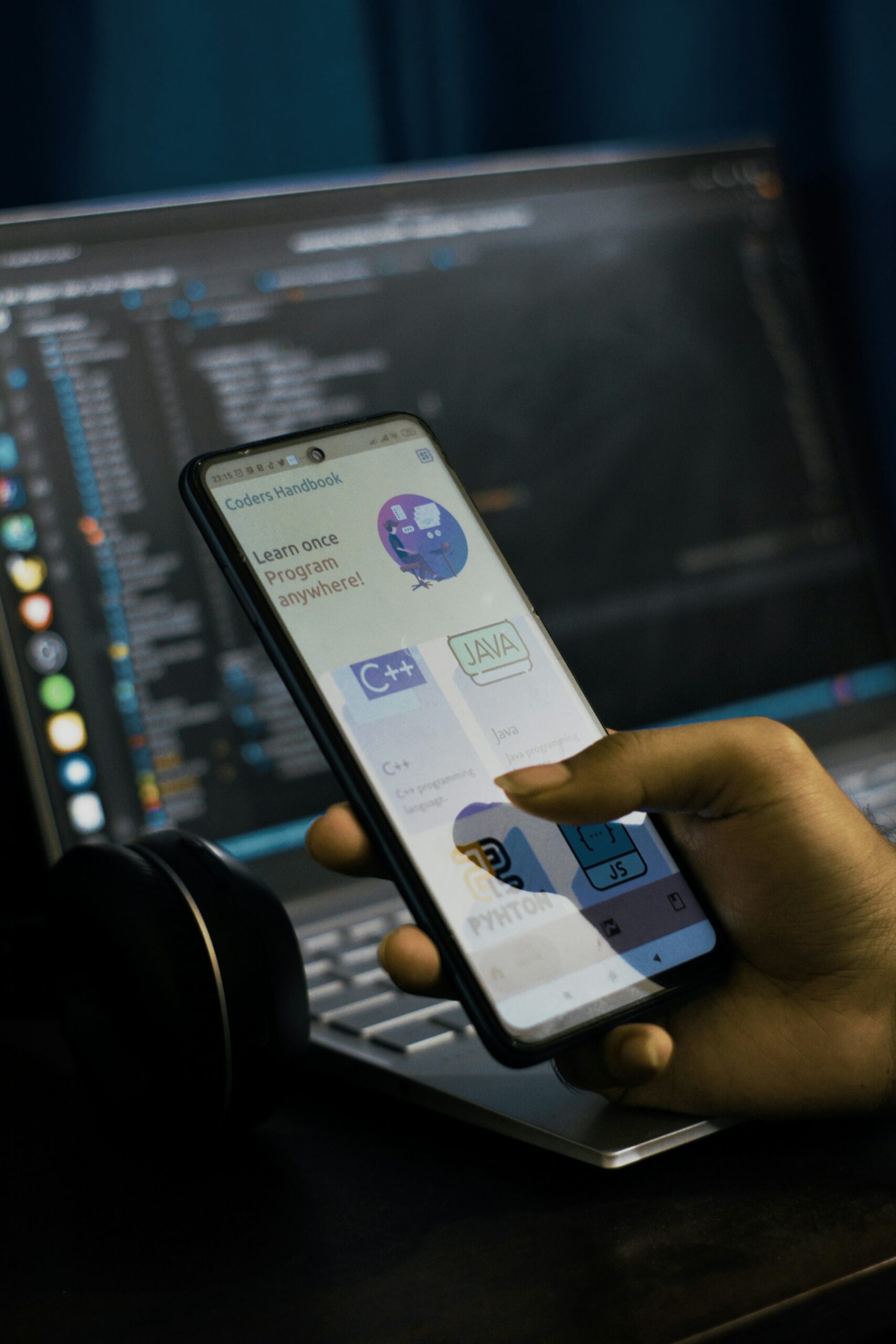In 2025, mobile apps are no longer just digital add-ons or convenience tools — they’ve become central pillars of business strategy. From streamlining operations and personalising customer experiences to enabling entirely new services, mobile applications are now seen as essential to innovation, resilience, and growth.
A recent report by GoodFirms underscores the scale of this shift. Companies across industries are reimagining what mobile apps can do — driven by breakthroughs in artificial intelligence, growing user expectations, the spread of 5G, and evolving standards around privacy and security. These aren’t isolated trends. Together, they mark a turning point in how businesses think about mobile technology.
Apps That Think: AI and Machine Learning Go Mainstream
One of the most notable changes this year is how embedded artificial intelligence and machine learning have become in everyday app experiences. From predictive algorithms and dynamic interfaces to natural language processing and real-time decision-making, intelligent features are no longer just “nice to have” — they’re expected.
Users are increasingly accustomed to apps that anticipate their needs, tailor content, and adapt based on behaviour. Whether it’s a shopping app suggesting products before users even search, or a healthcare platform tracking health indicators and alerting users to potential issues, AI is making apps more responsive and personalised.
Machine learning, in particular, is revolutionising how data is used in mobile experiences. It powers smarter search, fraud detection, chatbots, and even recommendation engines that grow more precise over time. For developers, integrating these technologies has become vital to staying ahead of user expectations.
For companies looking to make this leap, effective machine learning development services are key to building apps that can evolve, optimise performance over time, and truly deliver value to users.
The Rise of Super Apps and Platform Thinking
Another major shift is the rise of so-called “super apps” — platforms that combine multiple services within a single application. While this trend originated in Asia with apps like WeChat and Grab, it’s now gaining global traction. In 2025, more businesses are exploring how to bring services like messaging, payments, booking, and customer support under one roof.
This “platform thinking” approach allows for deeper user engagement and stickier app experiences. Instead of fragmenting a digital offering across multiple apps or platforms, a super app keeps users engaged within a single ecosystem, streamlining the user journey and opening up new monetisation models.
But this isn’t just about cramming in more features. It’s about integrating services in a way that feels seamless, relevant, and user-friendly. The best super apps offer flexibility and depth, without overwhelming users — something that requires careful design and thoughtful development.
5G and the Next Level of Mobile Performance
Behind the scenes, the global rollout of 5G has unlocked new possibilities in app development. With its dramatically faster speeds and ultra-low latency, 5G allows developers to build apps that were simply impractical before.
Real-time gaming, augmented reality (AR), virtual reality (VR), and high-resolution video streaming have all benefited. But even everyday business apps are seeing performance boosts, especially those involving large datasets, live collaboration, or multimedia content.
This shift also allows for more computation to be offloaded to the cloud, reducing device-side processing and improving battery life. The result is smoother, faster, and more immersive user experiences — which raises the bar for what users expect from mobile applications.
Security, Trust, and the Privacy-First Mandate
Amid growing concerns over data misuse and cyber threats, mobile apps are also being reengineered around security-first and privacy-first principles. In 2025, this isn’t just about compliance — it’s a competitive necessity.
Users now actively choose apps and platforms that demonstrate a commitment to protecting their data. This means implementing biometric authentication, end-to-end encryption, clear data policies, and user-controlled permissions.
For developers, this requires building trust by default — not retrofitting it later. Secure design patterns, ethical data usage, and proactive vulnerability patching have become foundational practices. An insecure app isn’t just a risk to users — it’s a reputational and financial liability for the business behind it.
Smarter Investment Through Cross-Platform Development
As the need for fast, adaptable app deployment grows, cross-platform development is becoming the preferred strategy for many businesses. By using frameworks like Flutter or React Native, developers can build apps that function seamlessly across iOS and Android without duplicating efforts.
This approach reduces development time, lowers costs, and ensures a consistent experience across platforms — all while maintaining high-quality performance. It’s particularly valuable for startups or SMEs that need to deliver quickly and iterate often.
And in today’s fragmented device landscape, cross-platform development isn’t just efficient — it’s strategic. It allows businesses to reach broader audiences without sacrificing design integrity or technical quality.
To see how this translates into practice, exploring examples of custom mobile app development can offer insight into the flexibility and business impact of this approach.
The Often-Overlooked Factor: App Maintenance
While much attention is given to building new features, the real work often begins post-launch. App maintenance is an essential part of mobile strategy, ensuring that apps remain functional, secure, and relevant as technologies evolve and user expectations change.
From updating for new operating system versions to fixing bugs, adding features, and refining UX based on feedback, maintenance is an ongoing investment. It can account for a significant portion of an app’s lifecycle cost — and businesses that underestimate this often find themselves with outdated or vulnerable apps.
Understanding the long-term commitment is critical. This guide to app maintenance costs breaks down the considerations that businesses should plan for when budgeting and resourcing their mobile operations.
Looking Ahead: Mobile as a Core Business Layer
Taken together, these trends reflect a broader evolution. Mobile apps are no longer auxiliary touchpoints — they are foundational to how businesses operate, compete, and connect with users.
In 2025, the most successful apps aren’t just functional — they are intelligent, scalable, and deeply aligned with user needs. They integrate AI for personalisation, leverage 5G for speed and interactivity, protect user privacy by design, and evolve continually through strategic maintenance.
As technology continues to accelerate, companies that treat their mobile apps as living, adaptable platforms , rather than static projects — will be best positioned to thrive.
















